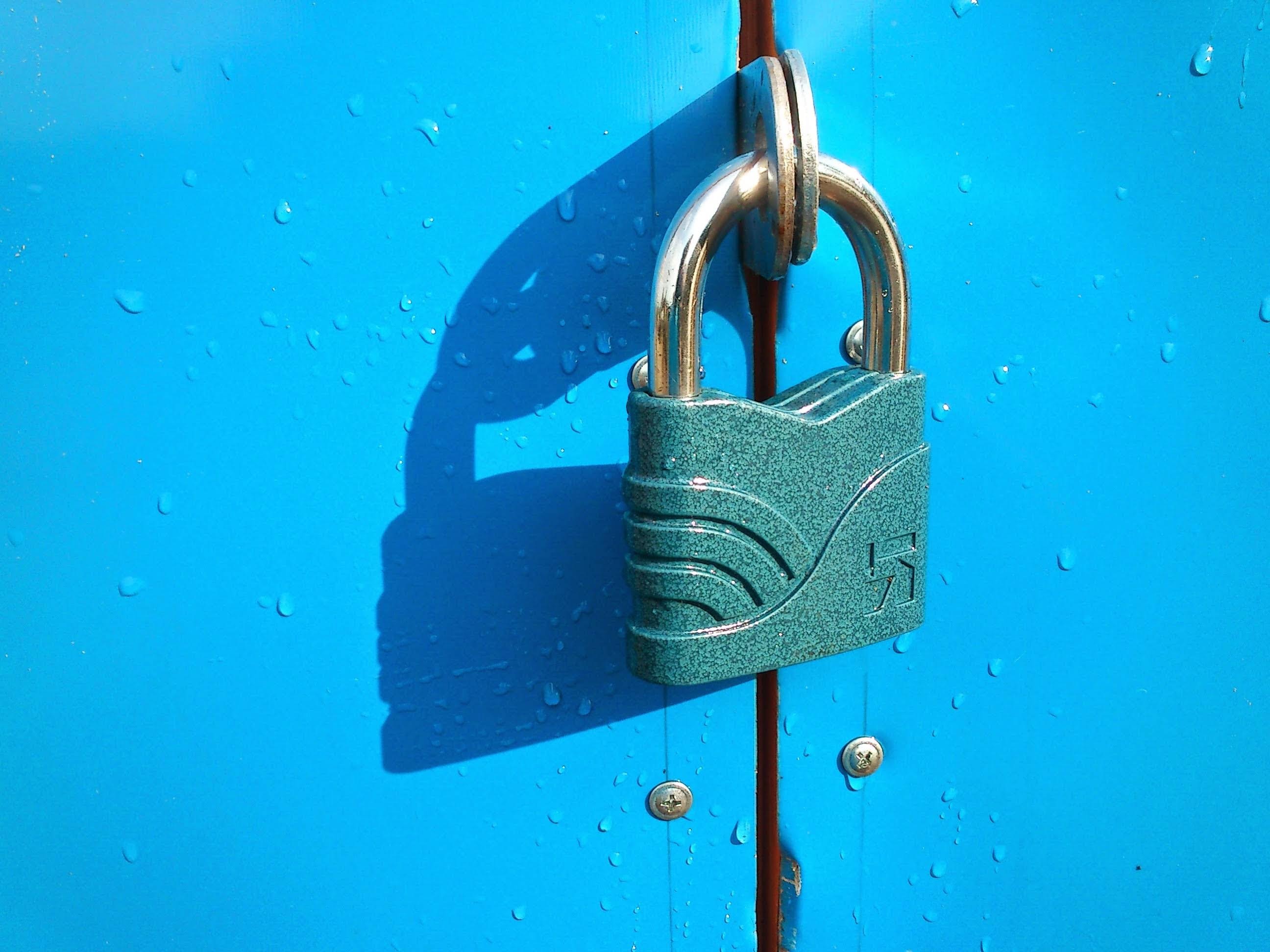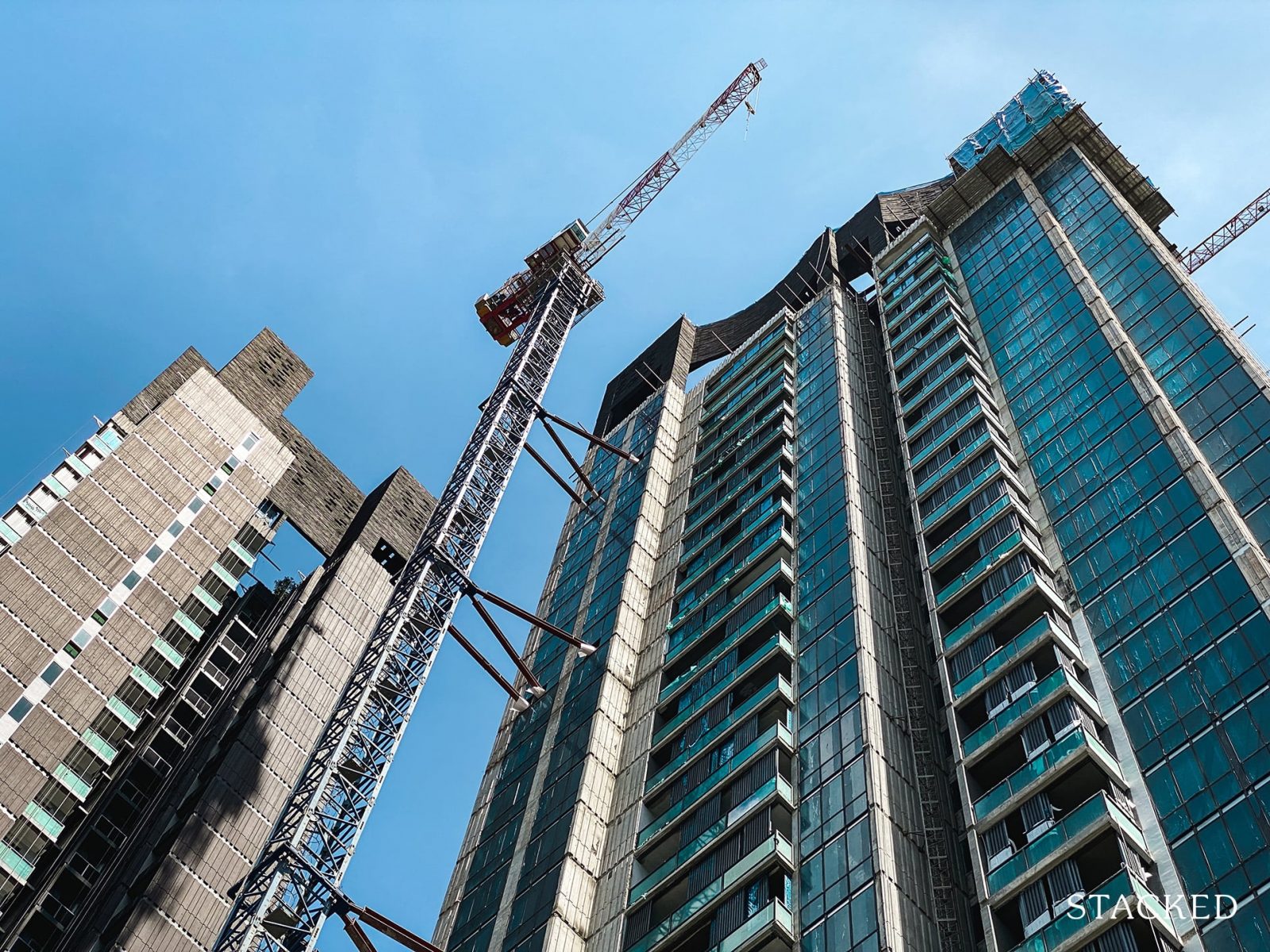Why Are Some Homeowners Being Advised To Take Lock-in Home Loans?

Get The Property Insights Serious Buyers Read First: Join 50,000+ readers who rely on our weekly breakdowns of Singapore’s property market.
A seasoned content strategist with over 17 years in the real estate and financial journalism sectors, Ryan has built a reputation for transforming complex industry jargon into accessible knowledge. With a track record of writing and editing for leading financial platforms and publications, Ryan's expertise has been recognised across various media outlets. His role as a former content editor for 99.co and a co-host for CNA 938's Open House programme underscores his commitment to providing valuable insights into the property market.
You’ve gone through all the terms and conditions, and you still can’t believe what the mortgage broker is telling you: go for a home loan package that has a lock-in clause. You can’t make sense of it – why take a loan where you’d be charged a fee for trying to repay it early; or which stops you from refinancing into something cheaper?

Is this just because the bank is paying them a higher commission?
Not quite. As it turns out, the much warned-about “lock-in” clause doesn’t affect every borrower the same way; and there are circumstances when lock-in loans are still a fair choice. You just need to be aware of when that is.
What is the lock-in clause?
It varies between home loans, but in general, this is a penalty fee for trying to refinance or redeem (pay off) the home loan early. In most cases, the penalty is 1.5 per cent of the outstanding loan amount, minus any additional fees that the bank may charge.
(If the bank has subsidised other costs, such as your legal fees or insurance, the bank may clawback these costs when you refinance during the lock-in period).
So if you still have $600,000 outstanding on your home loan, and you attempt to refinance or pay off the remaining loan early, you might incur a penalty of $9,000.
Note, this sort of clause is not universal; some home loans have no such penalties.
In that case, why would I ever be advised to take on a loan with a lock-in?
This happens when the (1) the home loan with the lock-in is the cheapest on the market, and (2) the lock-in clause would be irrelevant as a drawback, due to the timing. For example:
In today’s Covid-19 environment, interest rates are at record lows. You may be advised to take on a home loan at just 1.2 per cent per annum, but with a three-year lock-in. This could be good advice for two reasons:
First, home loan rates are already at record lows, and have little chance of going any lower. In fact the rates are likely to stay low until at least 2022 due to Federal rate cuts in the United States. Even then, home loan rates are not likely to rocket back up in just the one year after that.
source: tradingeconomics.com
(Just for reference, the last time interest rates hit rock bottom was due to the Global Financial Crisis in 2008/9. Even before Covid-19 struck, the home loan rate had only managed to climb back to two per cent, still far below the historical rate of four per cent. And even this took a decade).
As such, there’s almost no chance you’ll find a cheaper loan package to refinance into within the next three years. It doesn’t really matter that you’re locked-in during that time.
Second, you’re not likely to sell your property within the first three years* anyway, so any prepayment penalty is not a factor. As such, you may as well pick this cheap lock-in package, rather than a more expensive one with no lock-in.
(If you want to know the cheapest loan package right now by the way, contact us for help on Stacked).
*If you attempt to sell your home within three years of buying in, you will be subject to the Sellers Stamp Duty (SSD). This is 12, 8, and 4 per cent of the sale price on the first, second, and third year respectively.
You may also be advised to take on a loan where the lock-in terms are offset by certain provisions
Not all banks impose lock-in penalties the same way. Some variations include:
More from Stacked
We Make $14k Per Month And Have $350k Cash. Should We Buy Another Resale HDB Or Wait To Purchase A 2-Bedder Condo?
Help! We need advise!
- Waiver of prepayment arising from sale of the property
- Partial prepayment waiver
- Free repricing options
1. Waiver of prepayment arising from sale of the property
This means the prepayment penalty doesn’t apply, if you’re repaying the loan early due to selling the house (it still applies if you’re trying to refinance, or just want to pay off the loan early).
This is good for buyers who may try to sell the property in the near term. For example, if you suspect you may sell and upgrade after five years, then you’ll want this waiver for a loan with a five-year lock-in.
2. Partial prepayment waiver
This means the bank won’t charge any prepayment penalty on a limited amount. For example, there may be no prepayment penalty on the first $50,000 of the home loan, if you try to repay it early.
This is good for borrowers who feel they may try to pay down their home loan (perhaps to lower monthly repayments) once a certain amount of money comes in.
3. Free repricing options
Repricing is when you switch to a different home loan package from the same bank. It’s not the same as refinancing, as you don’t need to pay off the loan and get another mortgage from a different bank.
For example, say you take a home loan from Bank XYZ at 1.5 per cent per annum. It includes a free repricing option. A few years later, Bank XYZ launches a new home loan package, at 1.2 per cent due to the low-interest rate environment.

Property AdviceAll You Need To Know: The Income Requirements For Getting A Home Loan
by Ryan J. OngYou can then use your repricing option to switch to the cheaper loan, without incurring any costs.
These options can sometimes mitigate the drawbacks of a lock-in clause, and make a loan worth taking. The key is to make sure your mortgage broker understands your property investment plan, so they can decide on whether the lock-in will affect you in any way.
Don’t waste money on flexibility you don’t need to. If the lock-in won’t matter, you’ll always be advised to go for the cheaper rate.
Fixed-rate loans are also locked-in, and they’re not always a bad deal
Above, we mentioned that lock-ins may be immaterial, if interest rates are already rock bottom and can’t go much lower. But in a reverse situation – where interest rates are rising – you may want a fixed-rate loan, which also comes with a lock-in.
Fixed rate home loans have interest rates that don’t fluctuate. If the loan’s fixed at 1.4 per cent, then you’ll pay 1.4 per cent even if the market rate rises above that.
You’re invariably locked-in during the fixed rate period; but you’ll be spared the rising monthly repayments. And with rates rising across the board, there may not be cheaper options to refinance into anyway.

In summary, don’t be too averse to a home loan package just because of the lock-in.
Even under normal circumstances (i.e. outside of Covid-19), loans with lock-ins tend to be slightly cheaper than their more flexible counterparts. The difference isn’t huge – perhaps they’re just 0.1 or 0.2 per cent lower – but it’s still money saved.
As long as the lock-in period won’t hinder your plans, it may not be a real disadvantage. If you’re still in doubt, drop us a message and we can help review your loan options.
For more strategies on property purchases, follow Stacked for the latest news and updates. We also provide the most in-depth reviews of the top private properties in the Singapore market.
If you’d like to get in touch for a more in-depth consultation, you can do so here.
Ryan J. Ong
A seasoned content strategist with over 17 years in the real estate and financial journalism sectors, Ryan has built a reputation for transforming complex industry jargon into accessible knowledge. With a track record of writing and editing for leading financial platforms and publications, Ryan's expertise has been recognised across various media outlets. His role as a former content editor for 99.co and a co-host for CNA 938's Open House programme underscores his commitment to providing valuable insights into the property market.Read next from Property Market Commentary

Property Market Commentary 2025 Year-End Review Of The Singapore Property Market: What The Numbers Reveal

Property Market Commentary How The HDB Resale Market Performed In 2025, And What It Means For 2026 Prices

Property Market Commentary 4 Key Trends Reshaping Singapore’s New Launch Condo Market In 2026

Property Market Commentary When Renting In Singapore Is The Smarter Move — And Buying Can Wait
Latest Posts

Pro This 21-Year-Old Condo Didn’t Sell Out Initially, Yet Became A Top Performer

Editor's Pick What I Only Learned After My First Year Of Homeownership In Singapore

Singapore Property News Why More Land Doesn’t Automatically Fix Housing In Singapore

On The Market Here Are The Cheapest 4-Room HDB Flats in Central Singapore You Can Still Buy From $490K

Editor's Pick Should We Buy An Old 99-Year Leasehold Condo To Live In: Will It’s Value Fall When The Lease Runs Out?

Pro How A Once “Ulu” Condo Launched In 1997 Became A Top Performer

Editor's Pick I Reviewed A New Launch 4-Bedroom Penthouse At Beauty World

Editor's Pick Why Singaporean Families Are Looking At This Landed Enclave From Around $4M

Singapore Property News Lentor’s First Condo Is Complete — The Early Profits May Surprise You

Property Advice We Own A $800K 1-Bedder And A $1.1M 3-Bedder: Is It Possible To Upgrade To A 4-Bedder Condo?

On The Market These Are Some Of The Cheapest 5-Room HDB Flats Left In Central Singapore

Pro This 698-Unit Ang Mo Kio Condo Launched At The Wrong Time — And Still Outperformed Peers

Singapore Property News $281.2M in Singapore Shophouse Deals in 2H2025 — But That Number Doesn’t Tell the Full Story

Property Investment Insights These Resale Condos In Singapore Were The Top Performers In 2025 — And Not All Were Obvious Winners

Singapore Property News CapitaLand–UOL’s $1.5 Billion Hougang Central Bid May Put Future Prices Above $2,500 PSF


